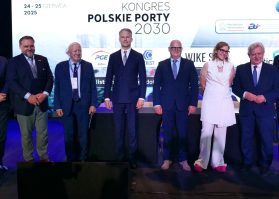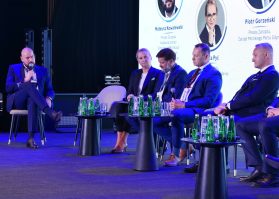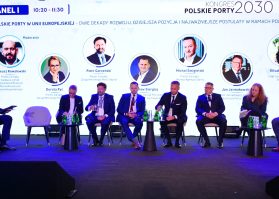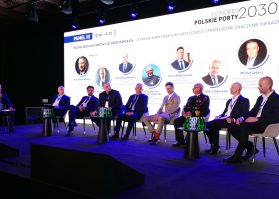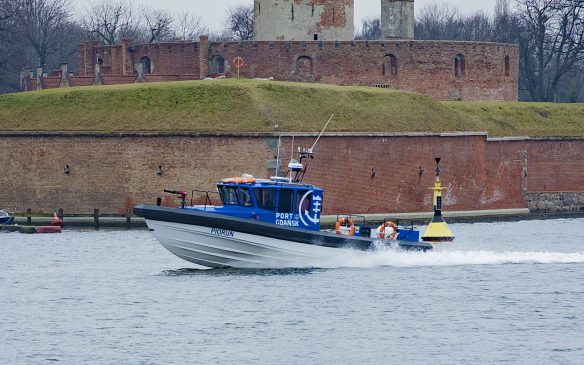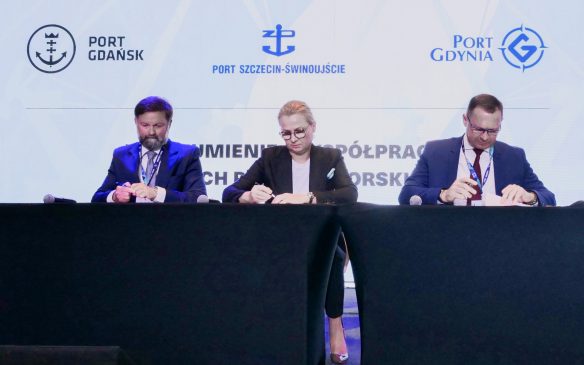Polish Ports 2030 Congress: Two decades in the EU – two decades of seaport development
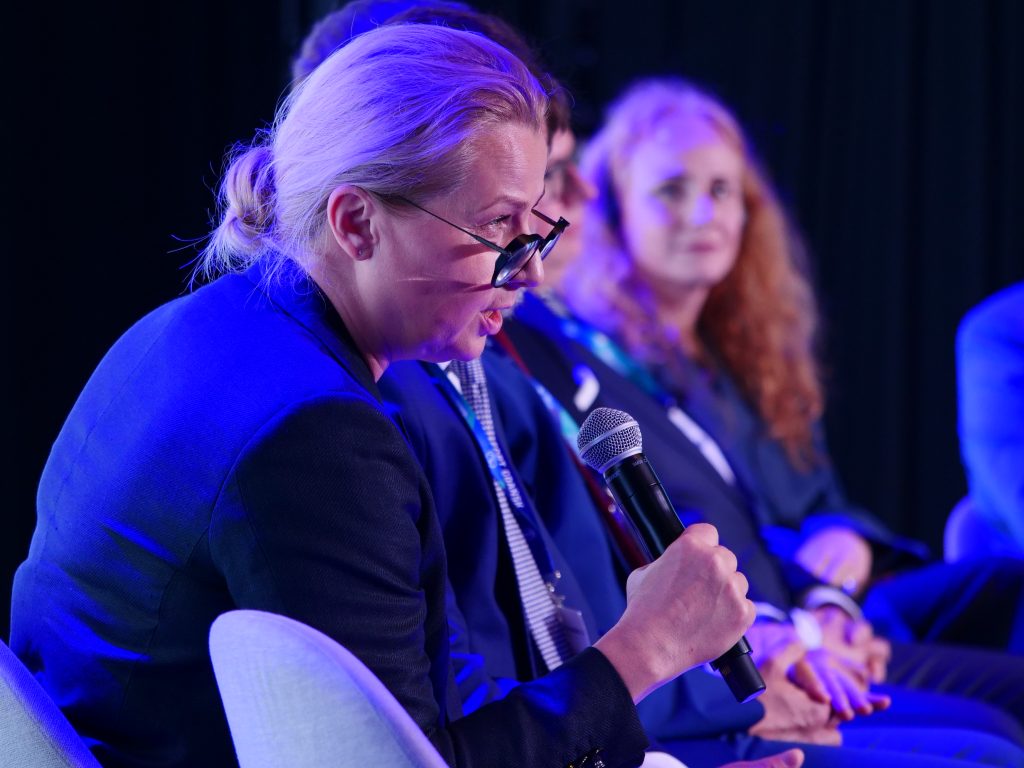
Sopot has established its position on the map of key events in the maritime industry in Poland. Every year, representatives of the national government, local government, ports and the private sector meet here to debate the future of the Polish maritime infrastructure. The Port of Gdańsk has been a strategic partner of the congress.
This year’s event was officially opened by the Deputy Minister of Infrastructure, Arkadiusz Marchewka, the Marshal of the Pomorskie Province, Mieczysław Struk, the Pomorskie Province Governor, Beata Rutkiewicz and the organiser of the congress, Mateusz Kowalewski, publisher of the GospodarkaMorska.pl website.
Ports: a strategic front for the Polish economy
‘I am very optimistic about the future. Last year, the value of customs, VAT and excise duty revenues collected through the seaports amounted to nearly PLN 56 billion, which is over a billion more than in the previous year. However, these are not just numbers, they are a very important sign that Polish ports are continuing to develop very quickly, and we are well aware of this, hence the investments in the development of ports. This year we have secured a record amount of over PLN 2 billion in the state budget for investments’, said Deputy Minister Arkadiusz Marchewka during the opening of the congress. ‘A lot is happening in our ports. Let me start with Gdańsk. The construction of an offshore wind farm installation terminal is underway. Thanks to the funds released from the National Reconstruction Plan, over PLN 900 million has been allocated to this very important investment. Another very important element is the construction of an FSRU regasification terminal. We have recently signed an agreement for the construction of the access infrastructure to the port, worth over PLN 800 million. Today ports are our economic, military and energy security.
One of the main topics of the congress was the inaugural panel discussion ‘Polish ports in the European Union – two decades of development, current position and key demands during the Polish Presidency of the EU Council’, attended by Dorota Pyć, President of the Port of Gdańsk. She reminded everyone that over the last 20 years, thanks to EU funds, national funds and their own resources, the Port of Gdańsk has been transformed into one of the largest logistics hubs in Central and Eastern Europe.
‘We have new terminals, quays, road and rail infrastructure. It is very important that we continue to build; we urgently need to strengthen the rail infrastructure that transports cargo from our port island. It is a matter of life and death for us.
Our management board, as well as the previous ones, would like to see much higher funds allocated to infrastructure investments. Especially since every zloty invested in ports are of fundamental importance to the national economy many times over in a relatively short period of time’, said Dorota Pyć, recalling that only in 2024, the Port of Gdańsk contributed over PLN 44 billion in taxes to the state budget.
‘We try to build resilience through investments, drawing on all the achievements that are the result of the work of many people committed to ensuring that the port operates efficiently and achieves the results it does. It is important that in these difficult times we try to maintain the continuity of operations and integrate with each other in order to be as resilient as possible to various risks or actions that may affect the ports’, she emphasised.
Ports as bastions of security
The second day of the congress was dominated by the topic of port and maritime route security. The panel discussion ‘Critical infrastructure protection and the strategic importance of dual-use infrastructure’ was attended by the Vice-President of the Port of Gdańsk, Alan Aleksandrowicz.
In times of geopolitical tensions and war on our eastern border, seaports are no longer just a link in the logistics chain – they are becoming part of the national security system.
‘In these difficult and tense times, securing critical infrastructure relies on full technical, organisational and legal integration, and, above all else, on very good continuous communication. The answer to what we need is the Port of Gdańsk Operations Centre, which is set to be officially opened on 1 July. It is being built on the basis of a rescue centre that currently operates on a limited scale. The centre is to operate 24 hours a day and is to be linked to provincial and municipal crisis management teams as well as all the services with which we can quickly establish contact and coordinate various types of activities’, said Vice-President Aleksandrowicz during the panel discussion.
He argued that we must view security on many levels.
‘On the one hand, we are responsible for the safety of the transport and freight hub, which in turn affects the economic security of the country. I mean not only supplying Poland, but the entire region of Central and Eastern Europe, as we reach 100 million consumers. We are mainly fighting a ‘war’ for the interior, an area that has no access to the sea. We compete with Mediterranean ports in this area. However, the Port of Gdańsk is also responsible for energy security. Poland and part of Germany are supplied with fuel through our Naftoport. This is a very sensitive place, in fact the most sensitive in the port. We ensure gas security, currently at the LPG level, but soon also at the LNG level. We also handle 7-8 million tonnes of coal per year. Our energy sector still relies heavily on this raw material. This is specially important when the anticipated power shortage occurs in a few years. Another dimension is military security, connected to the war in Ukraine, which relates to the handling of large-scale military mobility.
This is another important voice in the discussion about the future and the resilience of Polish ports.

